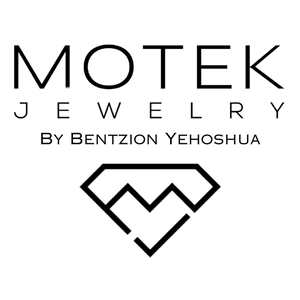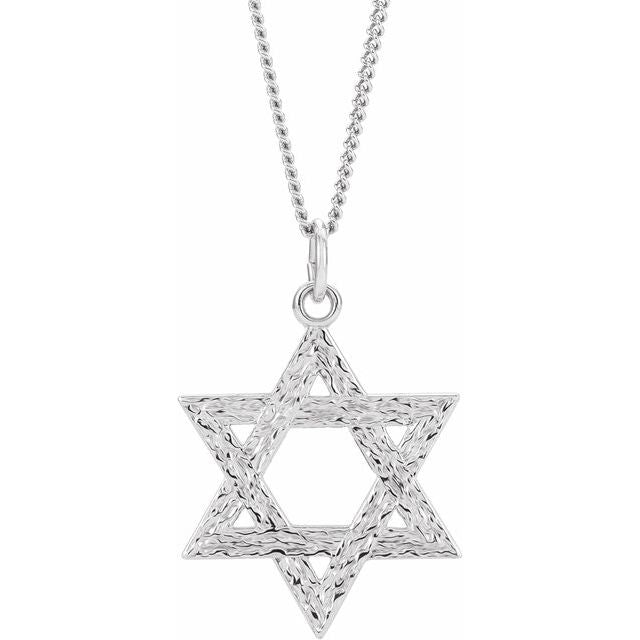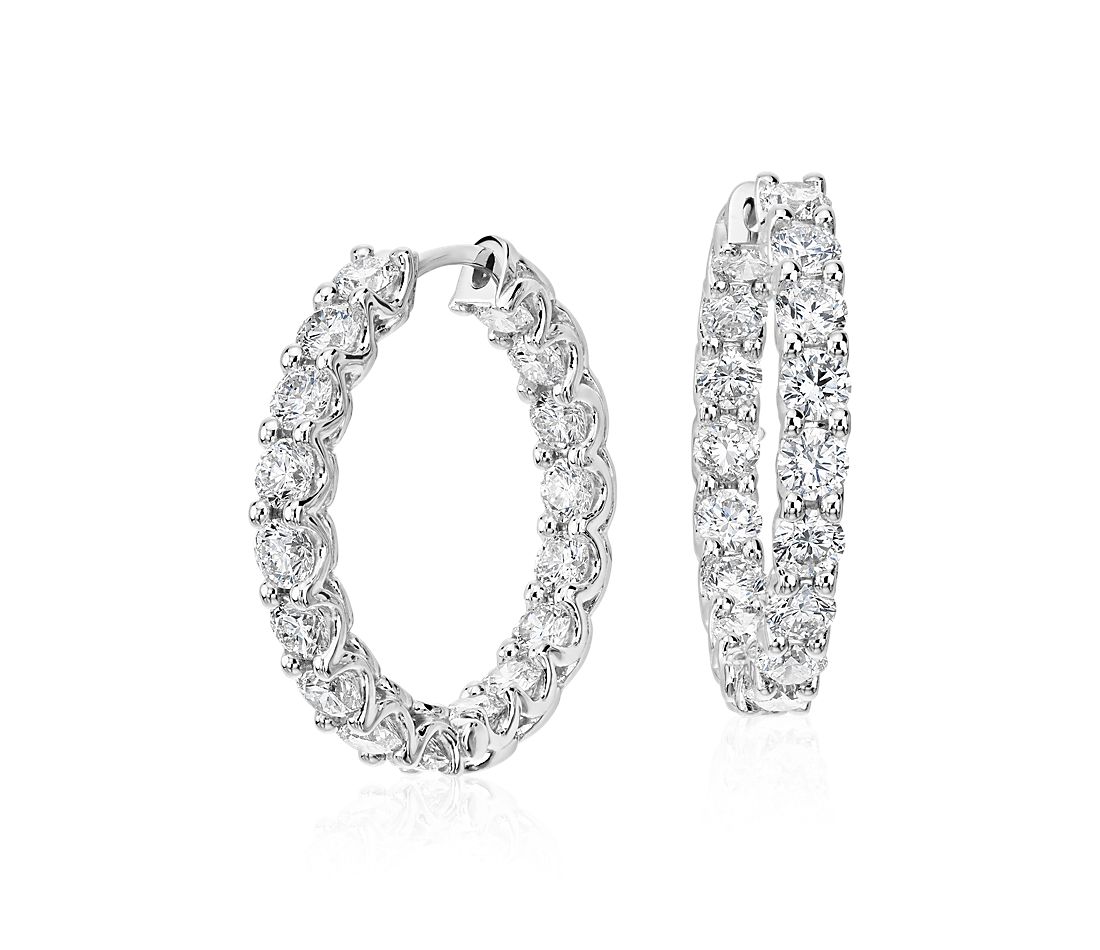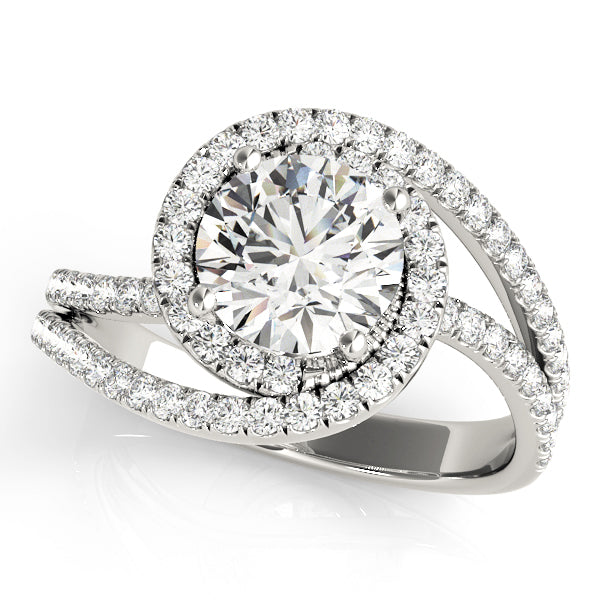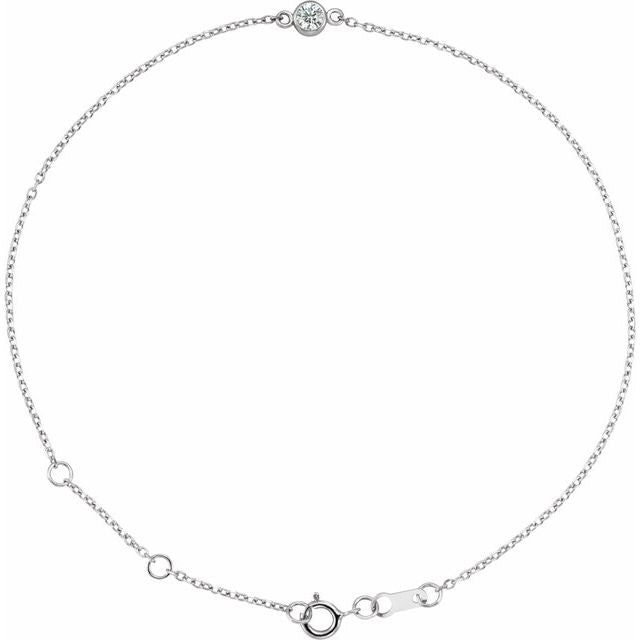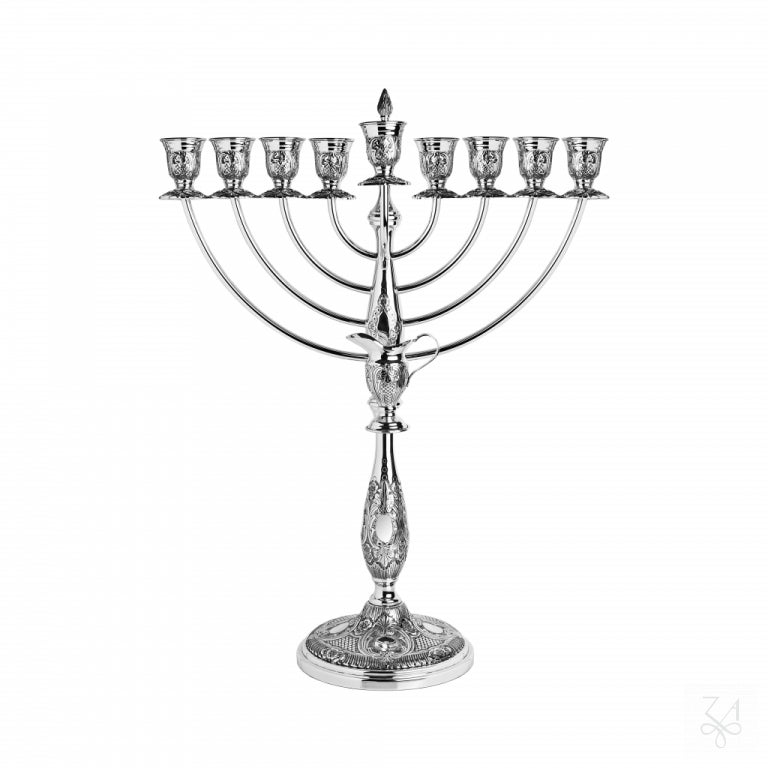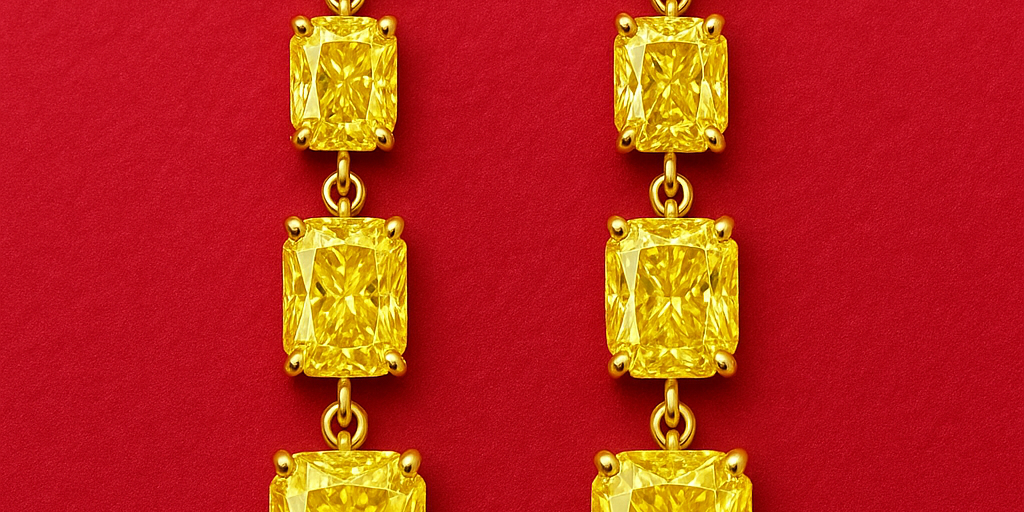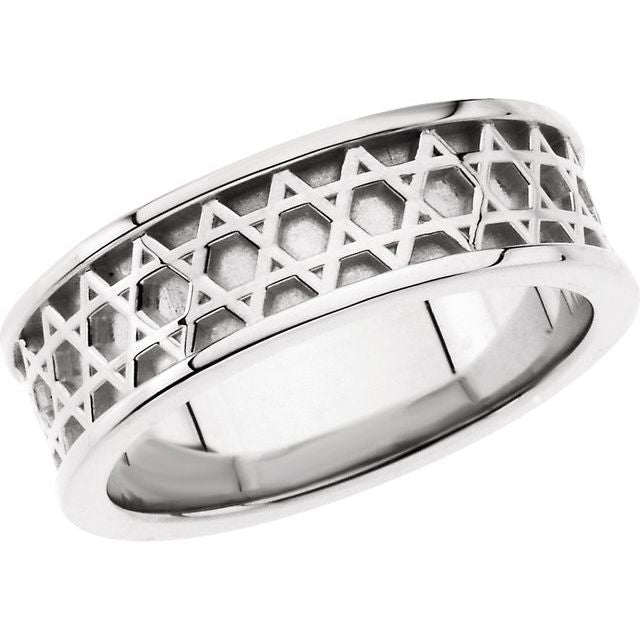Demystifying the Appraisal: What to Expect When Valuing Your Jewelry
You have a collection of jewelry—perhaps a treasured heirloom, a significant gift, or pieces you no longer wear. You know they hold value, but how much exactly? Whether you're considering a trade-in for a new custom design, seeking insurance coverage, or preparing for an estate, the question inevitably arises: "What exactly happens during a jewelry appraisal?"
The term "appraisal" can sound daunting, shrouded in technical jargon and mystique. However, a professional jewelry appraisal is a transparent, meticulous process performed by a qualified expert to determine the accurate value of your piece for a specific purpose. At Motek Jewelry, we believe that understanding this process empowers you to make informed decisions about your precious assets. This article will thoroughly demystify the appraisal, outlining what to expect and why it's a crucial step in understanding your jewelry's true worth.
The Problem Solved: Many individuals are intimidated or confused by the jewelry appraisal process, leading to uncertainty about their jewelry's actual value. This article clarifies the steps, terminology, and purpose of an appraisal, building trust and encouraging proactive valuation.
1. What is a Jewelry Appraisal, and Why Do You Need One?
A jewelry appraisal is a professional document that details the characteristics and estimated value of a piece of jewelry. It's not just a guess; it's a scientific and artful assessment based on expertise, current market data, and industry standards.
You might need an appraisal for several reasons:
- Insurance Coverage: This is the most common reason. An appraisal provides a detailed description and value for your insurance company, ensuring you're adequately compensated in case of loss, theft, or damage.
- Resale or Trade-In Value: If you're considering selling a piece or trading it in for a new custom design with Motek Jewelry, an appraisal helps you understand its fair market value and ensures you receive appropriate credit or compensation.
- Estate Planning or Division: For inherited jewelry, an appraisal helps with fair distribution among heirs or for probate purposes.
- Tax Purposes: For large donations or capital gains.
- Curiosity: Simply to know the worth of your cherished possessions!
2. The Meticulous Steps of a Professional Appraisal:
A comprehensive appraisal at Motek Jewelry involves a series of precise steps performed by a trained professional, often by our founder and lead designer, Bentzion Yehoshua, who brings extensive knowledge to every assessment:
-
Step 1: Thorough Cleaning & Examination:
- The piece is gently but thoroughly cleaned to remove dirt and grime that might obscure details or affect accurate assessment.
- Using professional tools like jewelers' loupes (magnifying glasses) and microscopes, the appraiser examines the entire piece for:
- Condition: Any damage, wear, or signs of previous repair.
- Workmanship: The quality of the setting, finishing, and overall construction.
- Hallmarks/Stamps: Identifying purity marks (e.g., 14K, 18K, PLAT), manufacturer's marks, and other distinguishing features.
-
Step 2: Metal Identification & Weighting:
- The precious metal is identified (e.g., gold, platinum, silver) and its purity confirmed through non-destructive testing (e.g., electronic tester, acid testing).
- The piece is precisely weighed on a calibrated scale (often in grams or pennyweights). If there are stones to be excluded from the metal weight, they are accounted for.
-
Step 3: Gemstone Analysis (The Heart of the Appraisal):
- Identification: Each gemstone is identified (e.g., diamond, sapphire, emerald, ruby).
- Measurement & Carat Weight Estimation: Stones are carefully measured using precision tools. Their carat weight is then estimated based on their dimensions and specific gravity. For loose stones, direct weighing is used.
- Quality Grading: This is where the "4 Cs" for diamonds (Carat, Color, Clarity, Cut) and similar criteria for colored gemstones (Color, Clarity, Cut, Carat) are meticulously assessed. Each stone is graded according to industry standards.
- Treatment Detection: The appraiser will attempt to identify any treatments (e.g., heat treatment, fracture filling) that may have been applied to enhance the stone, as these can affect value.
-
Step 4: Design & Style Evaluation:
- The appraiser considers the design's overall aesthetic, complexity, age, and market appeal. For antique or vintage pieces, historical context can play a role.
-
Step 5: Market Research & Value Determination:
- This is where the actual "valuation" happens. The appraiser researches current market conditions, including recent sales of comparable items, wholesale prices for materials, and relevant economic factors.
- They then determine the appropriate value based on the purpose of the appraisal (e.g., replacement value for insurance is typically higher than liquidation value for immediate sale).
-
Step 6: The Appraisal Document:
- A formal, detailed document is prepared, including:
- Full description of the item (metal, gemstones, measurements, condition).
- Photographs of the piece.
- The determined value.
- The purpose of the appraisal.
- Date of appraisal.
- Appraiser's credentials and signature.
- A formal, detailed document is prepared, including:
3. Why Choose Motek Jewelry for Your Appraisal?
Choosing a qualified and trustworthy appraiser is paramount. At Motek Jewelry, our commitment to excellence means:
- Expert Credentials: Bentzion Yehoshua and our team possess the knowledge and experience to provide accurate, reliable appraisals.
- Transparency: We explain every step of the process in clear, understandable terms, ensuring you're fully informed.
- Fairness: We use current market data and established industry standards to provide a fair and unbiased valuation.
- Integrated Service: If your appraisal is for a trade-in or custom redesign, we seamlessly integrate the valuation into your overall project, ensuring maximum value for your existing pieces.
An appraisal isn't just a piece of paper; it's a testament to the value of your possessions and a vital tool for their protection and repurposing. Let Motek Jewelry provide you with the clarity and confidence you need regarding your valuable jewelry.
Ready to Get Your Jewelry Appraised?
Schedule your professional appraisal consultation with Motek Jewelry today.
Phone: 8452136087 Email: contact@mymotek.com
Industry Expert References:
- Gemological Institute of America (GIA) – "What is an Appraisal?": https://www.gia.edu/gia-news-research-what-is-appraisal (Authoritative source on the purpose and methodology of jewelry appraisals.)
- National Association of Jewelry Appraisers (NAJA) – "Consumer Information": https://najaappraisers.com/consumer-information/ (Provides valuable guidance on finding qualified appraisers and understanding appraisal types.)
- Jewelers of America – "How to Buy & Sell Jewelry (Appraisals Section)": https://www.jewelers.org/jainfo/buying-selling-jewelry/ (Look for sections on appraisals and their importance for consumers.)
- American Society of Appraisers (ASA) – "Appraising Jewelry": https://www.appraisers.org/disciplines/gems-jewelry (Information on the standards and ethics of professional jewelry appraisers.)
- JCK Magazine – "The Importance of Regular Appraisals": https://www.jckonline.com/ (Search for articles emphasizing why appraisals are crucial and how often to get them updated.)
- Insurance Information Institute (III) – "Insuring Your Valuables": https://www.iii.org/article/insuring-your-valuables (Provides context on why insurance companies require appraisals for high-value items.)
- International Gem Society (IGS) – "Gemstone Grading and Appraisal": https://www.gemsociety.org/ (Look for articles related to how gemstones are graded, which directly impacts appraisal value.)
